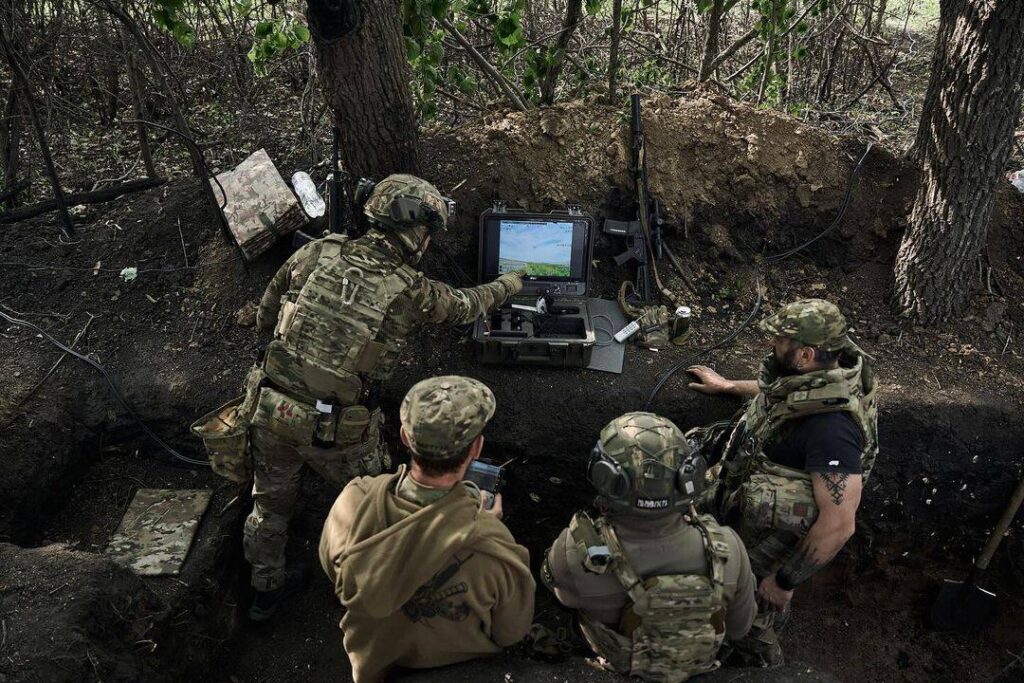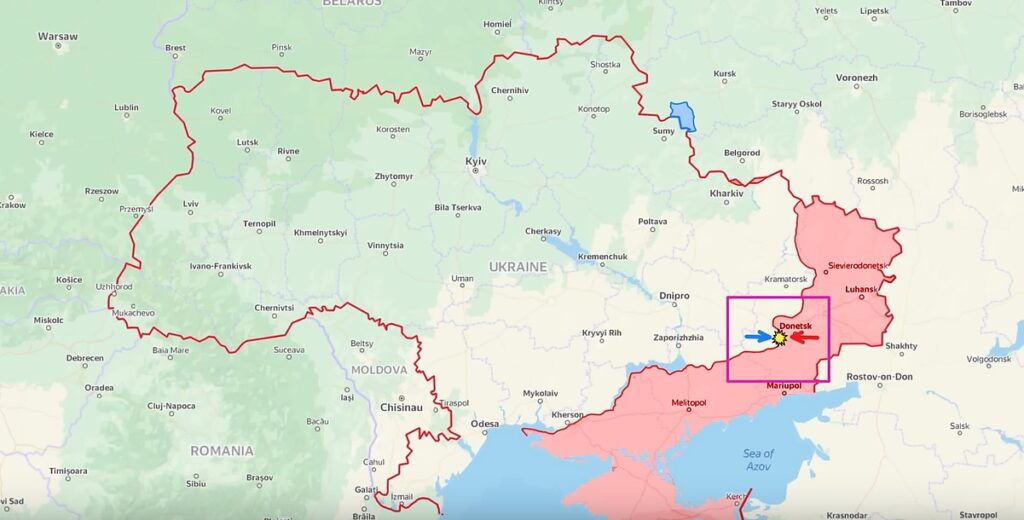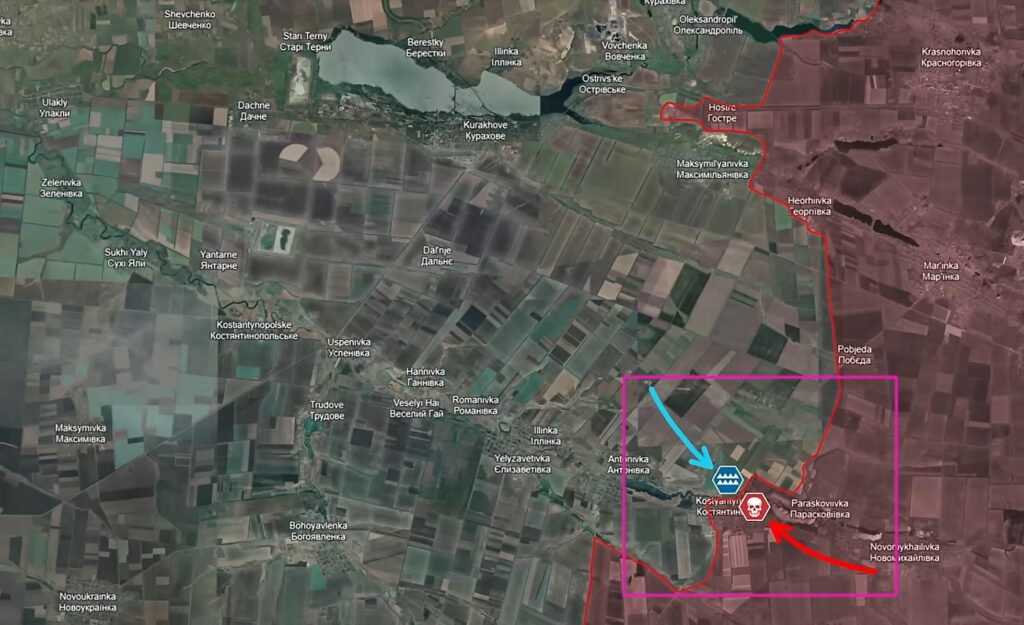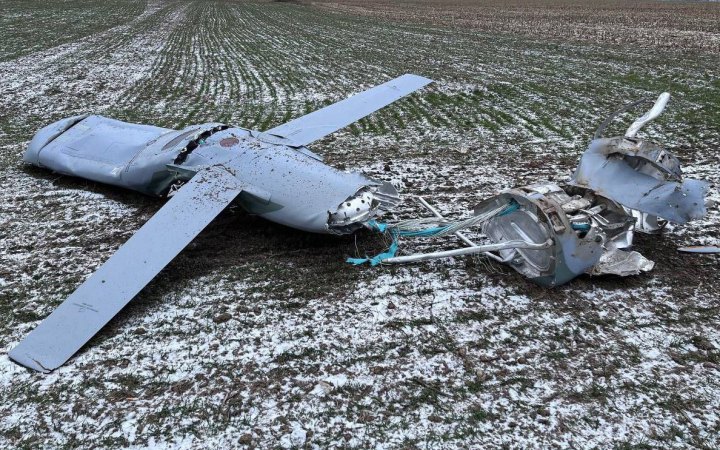Frontline report: Russian soldiers surrender to Ukrainians at Kurakhove, are subsequently killed by their own artillery
Russian commanders have resorted to harsh measures as losses mount, including firing on their own troops to prevent surrenders.


Today, the most interesting developments come from the Kurakhove direction. Here, a heavy battle ensued on the southern flank of Kurakhove, with every terrain factor working in favor of the Ukrainian defense, Russian losses and surrendering soldiers started to mount. This which led Russian commanders to adopt draconian measures, firing at their own men to prevent them from surrendering to the Ukrainians.

The main Russian goal here is to advance to the southern flank of Kurakhove and open up a huge front for Ukrainian defenders. However, advancing purely through these fields would stretch Russian supply lines over 20 km from their nearest supply hubs and force them through unpaved roads that are unusable during the rainy season. That is why Russians must first take the belt of settlements between Kurakhove and Vuhledar, which have a paved road running through them, allowing them to stash equipment and ammunition along the way.
The most intense battle right now is taking place around Kostyantynivka, with Russians controlling the town itself and Ukrainians controlling the surrounding fields and settlements. If we look at the topographic map, we can see that the settlements are also situated in the lowlands, with the fields that Russians mean to take being located on the high ground. Open-source analysis shows that Ukrainians have set up strong defensive positions on top of the hills and behind the rivers and streams.

What gives Ukrainians another strong defensive advantage is the fact that the tree lines on the hills run perpendicular to the Russian line of advance, as the rivers and swampy ground to the north and south of this position make flanking maneuvers impossible, Russian assault groups are forced to attack Ukrainian positions head-on.
Moreover, to get to the tree lines with strong Ukrainian fortified positions, Russians have to cross the 0-532 highway at 400 meters, which is the approximate effective range of Ukrainian assault rifles. This means that the entire field in front of the Ukrainian trenches is within range of their small arms fire, and if Russians want to have a chance to survive, they must deploy mechanized assault units to cross the fields.

However, the situation does not get better for Russian forces, as a small river branch creates wide swampy terrain along the Russian avenue of attack. This forces Russian mechanized units to use a bridge to cross, creating a choke point on which Ukrainians can concentrate their artillery fire and drone strikes. Furthermore, the road Russians must follow, forces Russians to assault Ukrainian positions from down the slope, meaning that the terrain works entirely in favor of Ukrainian defenders.
Recently, Russians have launched wave after wave of mechanized assaults, trying to land their infantry on the foremost tree line and capture the Ukrainian trenches. Russians launched their company-sized mechanized assaults with up to 10 armored vehicles and 150 infantry at a time. Ukrainians detected these Russian tank convoys on their approach using reconnaissance drones.

Geolocated footage then shows how, by the time Russians crossed the bridge, Ukrainian artillery had opened fire. The footage also shows how Ukrainians had placed anti-tank mines remotely with heavy drones, which caused a high number of losses among Russian armored vehicles.
Only after losing dozens of armored vehicles and countless soldiers’ lives to Ukrainian landmines did the Russians decide to equip two of their leading T-80 tanks with mine rollers to clear the path for the Russian columns. Unfortunately for the Russians, this did not help much, as the tanks were ironically disabled by anti-tank mines despite being equipped to clear them, and finished off by Ukrainian drones.
After dealing with the pressing threat of Russian tanks and armored vehicles, Ukrainians used Mavic drones to drop grenades on any surviving Russian infantry, often trying to seek shelter among the surrounding trees and sparse buildings north of the river. At one point, knowing they were going to be killed anyway, a group of Russian soldiers decided to move out of the tree cover and surrender to a Ukrainian drone. The Ukrainian drone, accepting their surrender, led the Russian soldiers back to Ukrainian lines to be properly taken as prisoners of war.

A Russian drone, spotting the surrendering Russian soldiers, decided to direct artillery strikes to aim precisely at the road they were taking. As the Russian artillery fire came down, the Russian soldiers and the Ukrainian drone leading them sped up and cut across a field to avoid the artillery fire. Sadly, the next Russian shell hit its mark, killing the majority of the group, as the footage shows that only one Russian soldier made it and escaped from his commander’s punishment.
In the end, none of the Russian assaults managed to reach the heavily fortified Ukrainian tree line behind the highway. Here, the terrain worked completely to the Ukrainians’ advantage, forcing Russians to funnel armored assault groups through a choke point and into Ukrainian artillery fire, minefields, and drones. This led to all Russian assaults falling apart as soon as they crossed the bridge, and Russian infantry being picked off by Ukrainian drones. The only way for Russians to weaken the Ukrainian positions in the fields is by taking control of the belt of settlements in the lowlands and undermining their supply lines.
However, with Russians recently blowing up a vital bridge at Elyzavetivka, deeper Russian advancements now seem unlikely.
In our regular frontline report, we pair up with the military blogger Reporting from Ukraine to keep you informed about what is happening on the battlefield in the Russo-Ukrainian war.



